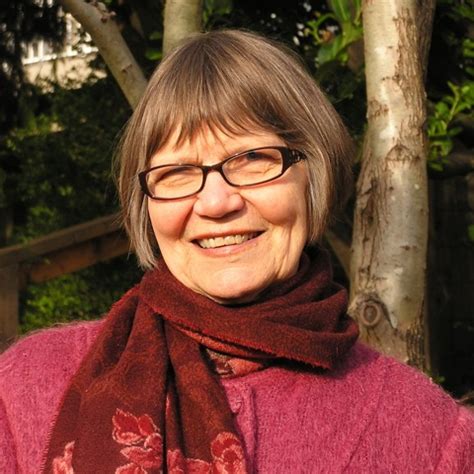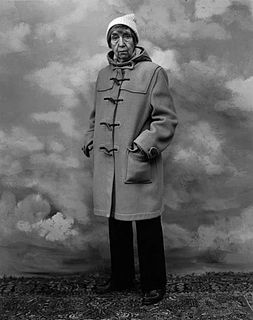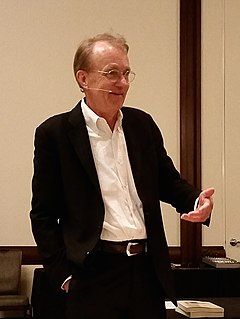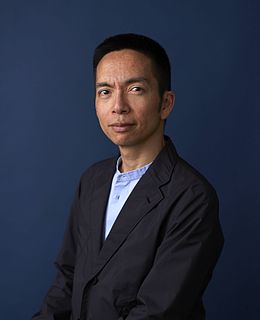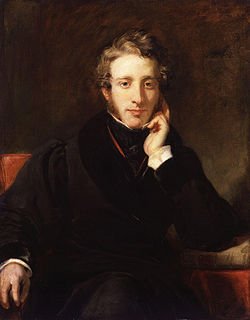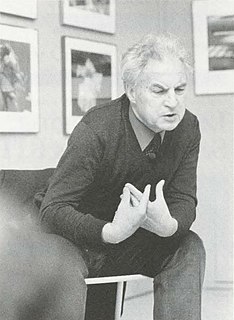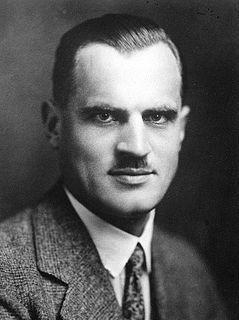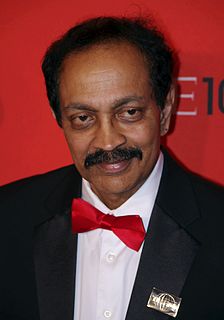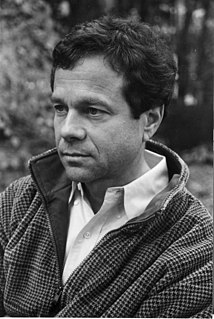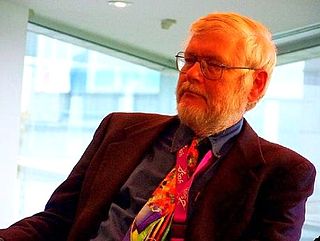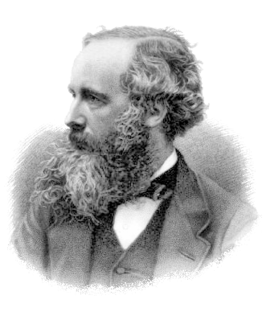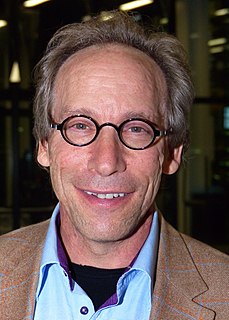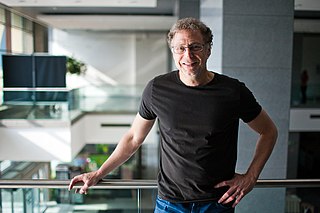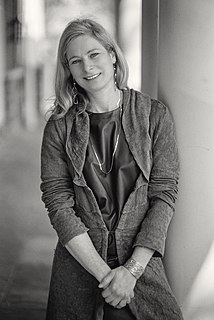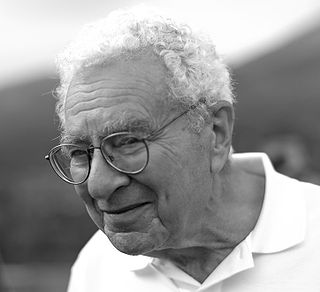A Quote by Albert Einstein
What Artistic and Scientific Experience Have in Common - Where the world ceases to be the scene of our personal hopes and wishes, where we face it as free beings admiring, asking, and observing, there we enter the realm of Art and Science. If what is seen and experienced is portrayed in the language of logic, we are engaged in science. If it is communicated through forms whose connections are not accessible to the conscious mind but are recognized intuitively as meaninful, then we are engaged in art. Common to both is the loving devotion to that which transcends personal concerns and volition.
Quote Topics
Accessible
Admiring
Art
Art And Science
Artistic
Asking
Beings
Both
Ceases
Common
Concerns
Connections
Conscious
Conscious Mind
Devotion
Engaged
Enter
Experience
Experienced
Face
Forms
Free
Hopes
Language
Logic
Loving
Mind
Observing
Our
Personal
Portrayed
Realm
Recognized
Scene
Science
Scientific
Seen
Then
Through
Transcends
Volition
Which
Whose
Wishes
World
Related Quotes
Art is a normal and necessary behavior of human beings and like other common and universal occupations such as talking, working, exercising, playing, socializing, learning, loving, and caring, should be recognized, encouraged and developed in everyone. Via art, experience is heightened, elevated, made more memorable and significant
Therefore, the two processes, that of science and that of art, are not very different. Both science and art form in the course of the centuries a human language by which we can speak about the more remote parts of reality, and the coherent sets of concepts as well as the different styles of art are different words or groups of words in this language.
Common sense is science exactly in so far as it fulfills the ideal of common sense; that is, sees facts as they are, or at any rate, without the distortion of prejudice, and reasons from them in accordance with the dictates of sound judgment. And science is simply common sense at its best, that is, rigidly accurate in observation, and merciless to fallacy in logic.
People think of art and science as being fundamentally opposed to each other, because art is about celebrating individual human creativity, and science is about discovering general principles, not about individual people. But in fact, the two have a lot in common, and the creative spirit is similar in both.

